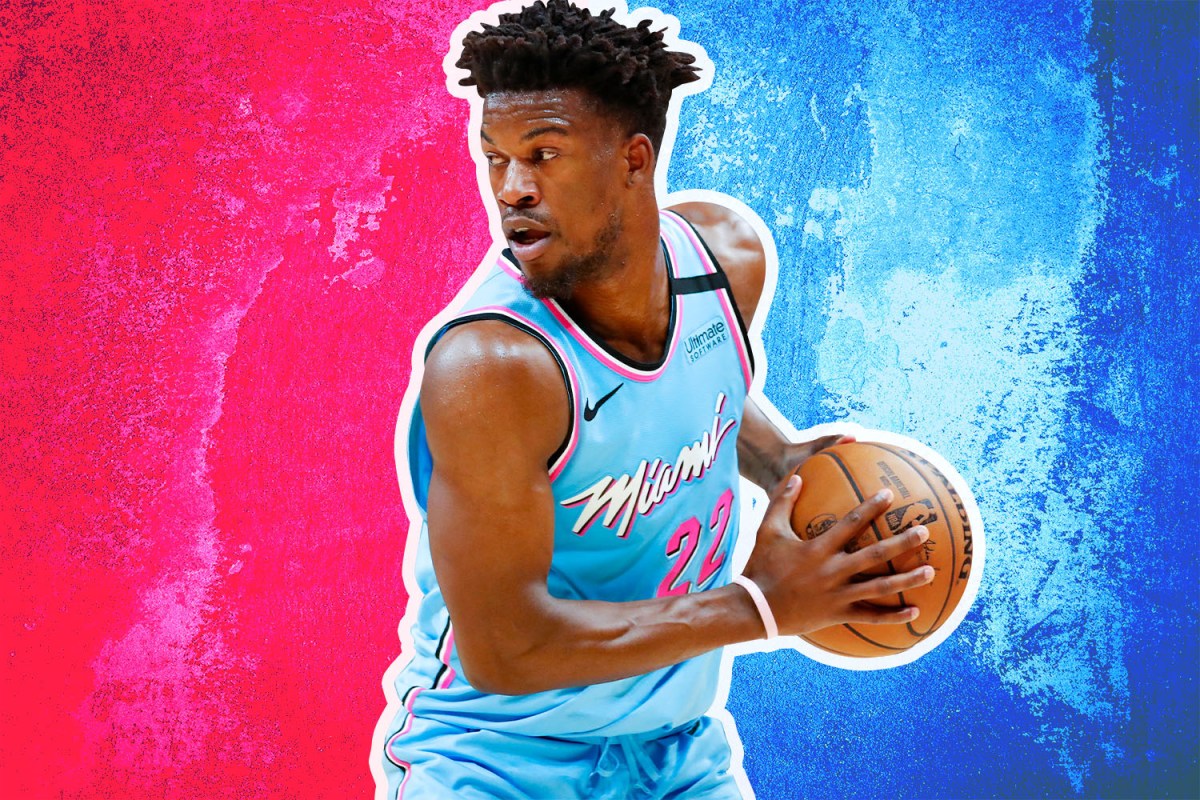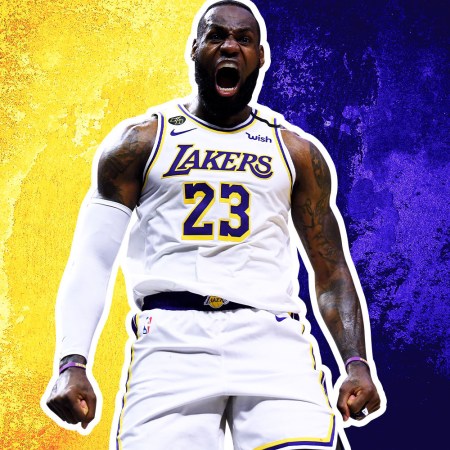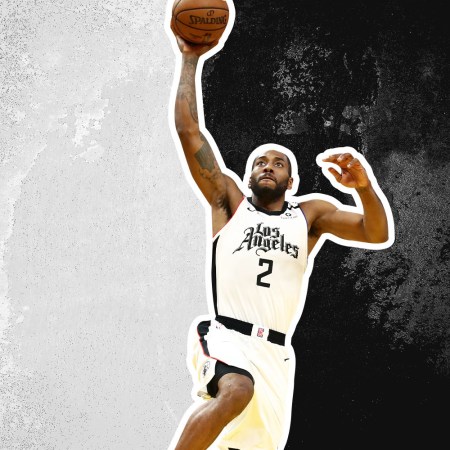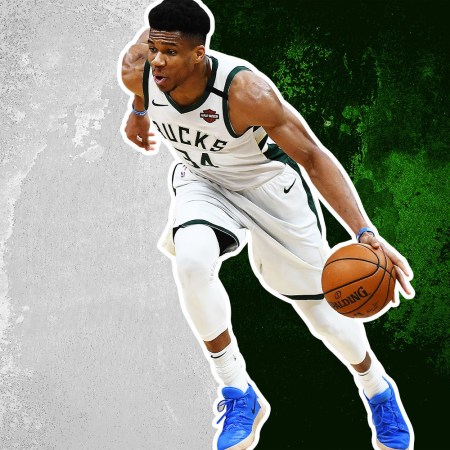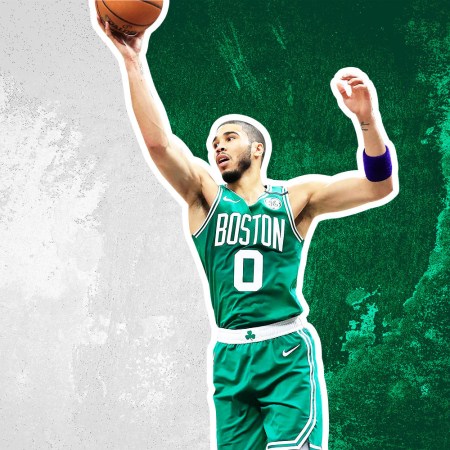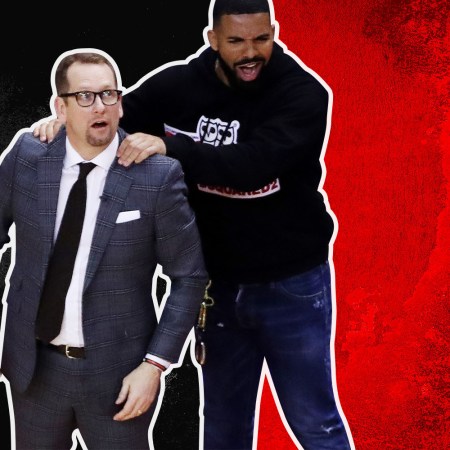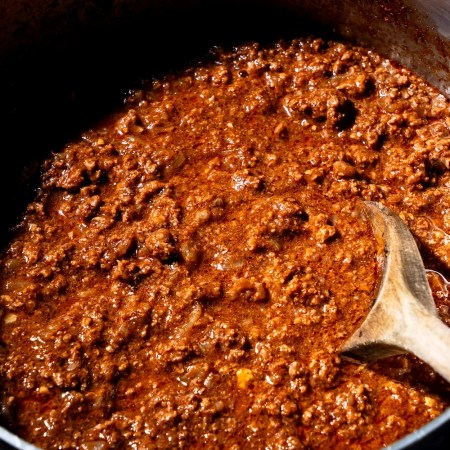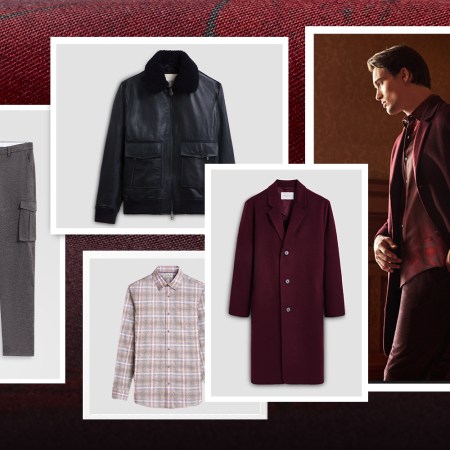Over the next three weeks, we’ll be preparing for the NBA’s long-awaited restart by attempting to answer the single most important question facing every franchise that will be present and accounted for in Orlando. This is 22 Questions.
If Jimmy Butler were your friend, you would probably tell him to take a chill pill. Over the course of his career, Butler has been the NBA’s leader in performative grinding: he shows up to the gym at 3:30 a.m. before a 10 a.m. practice; he goes an entire summer without cable or internet; he won’t stop dribbling in his hotel room at Disney World and let his neighbors get some goddamned sleep.
Having grown up homeless outside of Houston, Butler has more or less manifested NBA superstardom through hard work. And after brief stints in Minnesota and Philadelphia trying to force talented Zoomer wastoids to match his energy, Butler has finally found a team that aligns with his sensibilities, even if Philly offered the chance for legitimate championship contention. With the Miami Heat, Butler has what he’s always wanted: a chance to win on his own terms.
Butler built his game on punishment. Lacking the explosiveness to simply glide by defenders, he has learned to leverage his leverage. Butler is hellishly strong, able to carve out space by simply leaning and pressing against whoever is guarding him. This is basketball as judo, Butler unbalancing and unsettling defenders with deft little bumps and shoves. While his shooting has pretty much evaporated this season, his 20.2 points per game are evidence that he’s discovered new and different ways of giving opponents noogies. In particular, he punks exhausted, desperate defenders into fouling him; Butler’s .679 free throw rate (the ratio of free-throw attempts per field-goal attempt) is the best mark any guard has posted since there were NBA teams in Rochester and Syracuse. He crunches players in the post, ranking in the 80th percentile league-wide, according to NBA.com’s playtype stats.
As a result, Butler is a capable offensive centerpiece, albeit a kind of unsightly one. Beyond his physical scoring, Jimmy Buckets also helps his teammates get buckets, averaging 6.1 assists per game. And these aren’t just any assists: Butler’s six assists lead to an average of 16.1 points per game, meaning that he’s almost always generating three-pointers for his teammates.
This inside-out nature of Butler’s passing and scoring is the crux of his game. Even though Butler is the Heat’s most creative player and offensive fulcrum as a wing, he inverts the structure of the offense, taking nearly 60 percent of his shots from within 10 feet. Rather than puncturing defenses with a drive or high pick-and-roll, Butler forces teams to collapse on him as he bullies his way into the paint. Sure, Butler doesn’t have effortless grace or Instagrammable highlights, but he possesses a jagged, simple effectiveness — if the likes of Donovan Mitchell or James Harden are lyric poets, then Butler has the sparseness and exactness of Strunk and White.
The presence of Butler also organizes the rest of the roster, which has developed into a capable supporting cast. Big man Bam Adebayo is a bonafide all-star, averaging 16.2 points, 10.5 rebounds and 5.1 assists per game and providing structure to Miami’s entire system. Offensively, he provides interior might, cramming dunks off of alley-oops and dump-off passes while working out the kinks in a fledgling face-up game. He’s the pivot for the NBA’s most dangerous dribble-handoff attack; not only does Adebayo spring shooters for clean threes, he’s also an expert dance partner, cannily screening, rescreening and delivering on-target passes when a teammate shakes free.
His true impact, though, is felt on defense, where he’s proven to be a mid-ballot Defensive Player of the Year candidate. A breathtaking athlete, Adebayo pairs his physical gifts with the ability to process the game with algorithmic efficiency, instantly snuffing out dangerous actions all over the court. The top of the Eastern Conference is loaded with jumbo-sized scorers like Giannis Antetokounmpo, Jayson Tatum, Pascal Siakam, Ben Simmons and Joel Embiid; Bam Adebayo is perhaps the only player who can credibly guard all of them.
Still, the Heat lack two-way players beyond Butler and Adebayo. The bulk of the guard rotation mostly consists of scorers who try on defense without much success. Goran Dragic will be an effective pick-and-roll ball-handler long after the city of Miami collapses into the ocean. Tyler Herro is a sharpshooting rookie and looks like a future star — or at least a VIP member, alongside Kyle Kuzma, of the Is-He-Good-or-Does-He-Just-Wear-Cool-Clothes Club. Kendrick Nunn has some serious scoring chops and represents an inspiring story of a player overcoming adversity as long as you don’t do any research at all. And Duncan Robinson is the best shooter in the NBA’s bubble and the greatest athlete in Ephs history.
At the trade deadline, the Heat added some needed perimeter muscle in Andre Iguodala and Jae Crowder, but it’s unclear whether Iguodala has anything left in the tank after spending the first four months of the season promoting his memoir and complaining. Thanks to the roster’s depth, head coach Erik Spoelstra can mix and match lineups and toggle between styles even if no single lineup has the versatility or talent to stand up to the league’s best on its own.
Nevertheless, there’s a definite sense that this is a transitional period for the Heat while they gear up to try to sign Antetokounmpo in the summer of 2021; they’re already seen as a lock to add Victor Oladipo then. But while this team is firmly in a liminal phase, Butler is the kind of psychopathically competitive warhorse who can elevate them into something more. This is a labored, indefatigable almost-contender built in their leader’s image — and, for Jimmy Butler, that seems to be enough for now.
Whether you’re looking to get into shape, or just get out of a funk, The Charge has got you covered. Sign up for our new wellness newsletter today.
